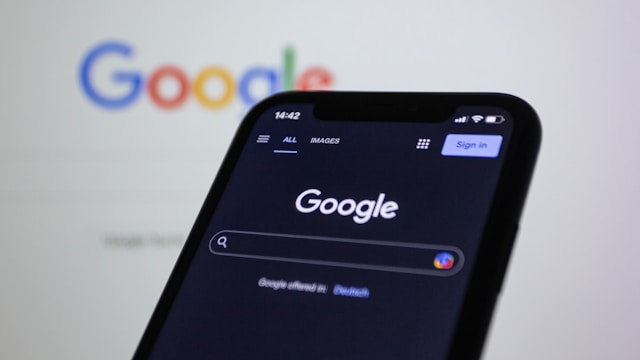Minimizing Digital Distractions While Maximizing Productivity

The average person checks their smartphone dozens of times per day. These micro-interruptions fragment our attention and make deep work increasingly difficult to achieve.
However, with intentional strategies and thoughtful technology use, we can reclaim our focus while still benefiting from the tools that enhance our work and lives.
Create Physical Boundaries with Technology
The first step to minimizing digital distractions begins with establishing physical boundaries between yourself and your devices.
Consider using an iPhone 16 case with a cover that requires you to physically open it to check notifications, creating a small but significant barrier to mindless checking. During focused work sessions, place your phone in a drawer or another room entirely to eliminate the temptation of reaching for it.
Your workspace arrangement can significantly impact your relationship with technology. Position your most distracting devices out of your immediate line of sight, as visual cues often trigger habitual checking behaviors.
Leverage Focus-Enhancing Technology
While technology creates many distractions, it also offers powerful tools to combat them. Focus apps like Freedom block distracting websites and apps during designated work periods, essentially using technology to protect you from itself.
Browser extensions like StayFocusd restrict access to specific websites during certain hours or after usage limits are reached.
These tools allow you to set parameters ahead of time, when your motivation and discipline are high, to protect your future self from impulsive distraction-seeking.
Implement Notification Management Strategies
Notifications are designed to capture your attention immediately, regardless of what you’re doing. Take control by conducting a notification audit across all your devices and applications and turn off notifications you don’t need.
For each alert, ask: “Does this information require immediate action or awareness?”
Keep notifications enabled only for time-sensitive communications from specific people or apps. Consider silencing group chats, news alerts, and social media notifications entirely, or batch them to arrive at designated times.
Practice Digital Mindfulness Techniques
Mindfulness—the practice of bringing focused awareness to the present moment—can be applied specifically to our technology use. Before reaching for your device, pause and ask yourself: “Why am I checking this right now? Is it purposeful or habitual?”
Install apps like RescueTime that track your technology usage patterns, providing insights into where your digital time is actually going. These objective measurements often reveal surprising patterns and can motivate meaningful changes in behavior.
Create transition rituals between different types of work or between work and personal time. A short walk, breathing exercise, or stretch can help reset your attention when moving from screen-intensive tasks to other activities, reducing the cognitive residue that digital work often leaves behind.
Establish Work-Technology Protocols
Clear protocols around technology use during collaborative work can dramatically improve team productivity. Establish explicit norms for device use during meetings, expected response times for different communication channels, and boundaries around after-hours contact.
Consider implementing company-wide focus times when meetings are prohibited and immediate responses aren’t expected. Some organizations designate specific days as “meeting-free” to provide uninterrupted blocks for deep work. These structural supports make individual focus efforts more sustainable.
Document and share your personal availability and response patterns with colleagues. Let them know when you batch-process communications and when you’re available for real-time collaboration, setting realistic expectations that allow everyone to work more effectively.
The Attention Renaissance
As our understanding of attention economics evolves, we’re witnessing the beginning of a cultural shift in how we approach digital tools. The goal isn’t digital minimalism but digital intentionality—using technology purposefully rather than reactively.
The most productive individuals aren’t those who work the longest hours or maintain constant availability, but those who fiercely protect their attention while deploying technological tools strategically.
By establishing thoughtful boundaries with our devices, we create the mental space needed for innovation, deep thinking, and meaningful human connection—the truly irreplaceable elements of both professional success and personal fulfillment.
Recent Posts
- The Timeless Allure of Kundan Jewellery: A Symbol of Royal Elegance
- What is a Capacitive Switch and How It Works?
- Top Services Offered by an Artificial Intelligence Automation Agency
- How Can AI-Powered Inbound Call Centers Improve Customer Satisfaction?
- Understanding Your Customers: The Power of Market Research
Recent Comments

Understanding Your Customers: The Power of Market Research

Role Of Oven Toaster Grillers In Meal Prepping For Busy Professionals

Which Is the Best Shipping Option from the USA to India: Sea or Air?

How to Blend Home & Gym Workouts: A Balanced Routine for Everyone from Reddit Users

Why Skill-Based Games Are Gaining Popularity in India

Learn How to Play Tez Rummy – Simple Guide for Complete Beginners

Unlocking the Volleyball Betting Hack Sportsbooks Want Hidden: Strategies for Success
